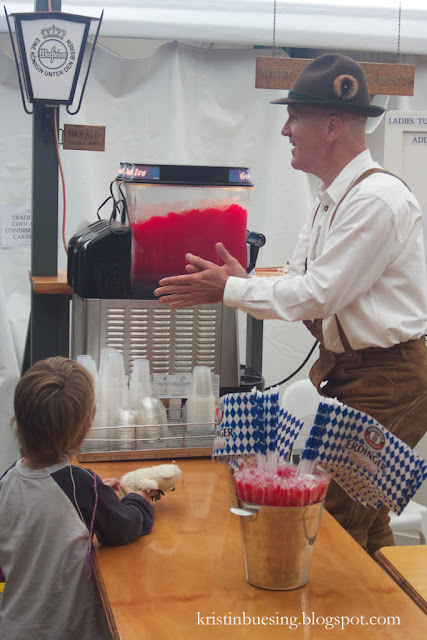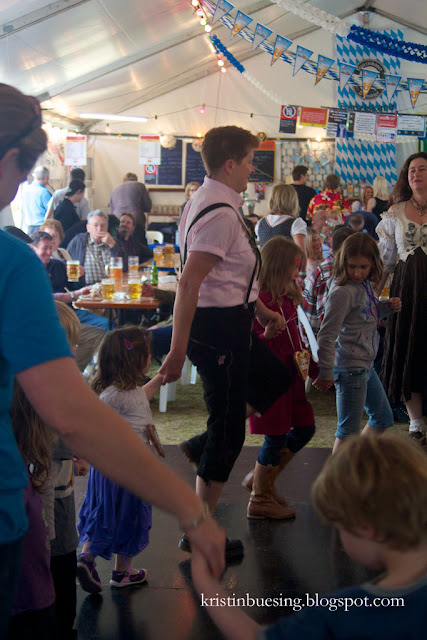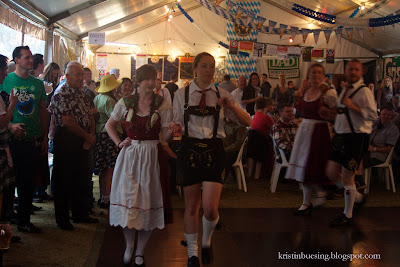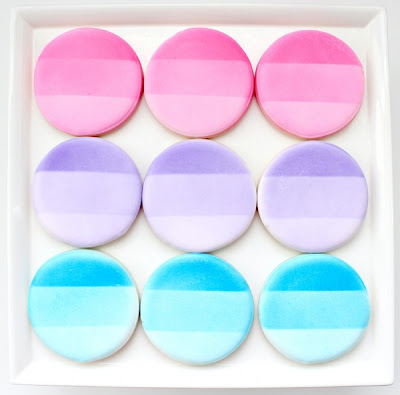To kick it off I made Schupfnudeln and even got help from my daughter. I think she thought we were making Vanille Kipferln, another German recipe but a biscuit and therefore sweet.
It was hard to keep her away from the flour as she didn't believe me it wasn't icing sugar but then I thought let her find out for herself.
She really enjoyed rolling the dough into little crescent but most often they rather resembled worms which she didn't mind at all :-).
I still had silverbeet in the fridge so instead of the traditional accompaniment I sauteed silverbeet and mushroom added a little bit of cream and nutmeg and dinner was ready!
Schupfnudeln are typical of Baden-Baden and the Baden-Wuerttemberg state in southwestern Germany. It is a kind of homemade dumpling that gets its name from the Upper German word 'Schupfen,' meaning 'to shove, push, throw or chuck.' They are traditionally handmade by rolling out potato dough on a board and forming them into crescents. They are as easy as and so delicious.
You can pair them with nearly anything: Roast pork, racks of lamb, bits of bacon, sauerkraut, braised red cabbage or even silverbeet and mushrooms.
I borrowed a cookbook from a friend from the Munich Hofbraeuhaus and started cooking.
This recipe is from that book and it's very easy and the outcome very tasty:
Serves 4
350 g potatoes (I used brushed ones) cooked in their skin, then peeled
150 g plain flour
2 tablespoons melted butter
1 large egg yolk
salt
freshly ground nutmeg
1 tablespoon olive oil
1 tablespoon butter
freshly cracked black pepper
chive
1. Mash potatoes until smooth. Mix together potato, flour, melted butter, egg yolk and a pinch of salt and nutmeg with your hands to get a firm but pliable dough. Lightly flour working bench and roll dough into a 3 cm thick sausage. Cut sausage into even portions about 1.5 cm thick. Roll and form into crescents.
 |
| Watch those little hands:-) |
2. Bring a large pot of water to the boil. Turn down heat to a simmer and cook Schupfnudeln in batches until they rise to the surface. Using a slotted spoon take out and drain.
 |
| The water should only be at a simmer. |
3. Heat oil and butter in a frying pan and fry Schupfnudeln in batches until golden brown. Sprinkle with chopped chive and cracked black pepper.




























